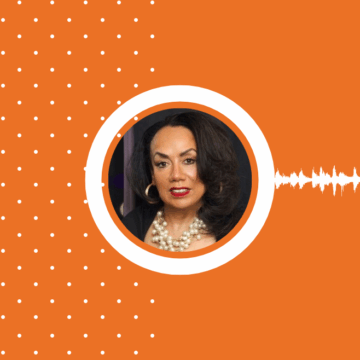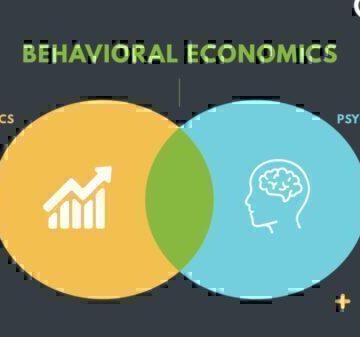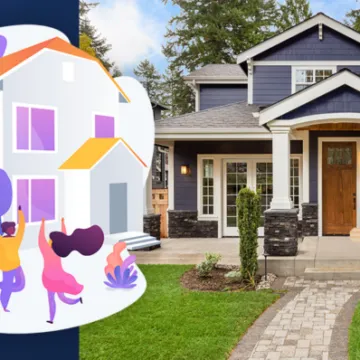Even with news of payment pause extension to August 31, 2022, student loan repayment is on the minds of millions of Americans.
If you’re looking for a way to set up affordable student loan payments, there are income-based repayment plans that can help you get a handle on what you pay each month and provide a little room in your budget at the same time.
These plans let you make payments based on your income and the size of your family. Knowing what to expect, based on what you are making can relieve some of the pressure associated with paying back your student loans.
GreenPath Partner Experience Manager Doug Brady offers specific tips on student loan repayment options in the following webinar highlight:
The federal government uses income and family size to calculate your discretionary income. What is discretionary income? It’s the difference between your annual income and 150% of the federal poverty guidelines for your family size.
Take a look at the following plans, as well as your finances to understand the best repayment option for you.
As you look at student loan repayment plans based on your income, it’s important to not only understand what the plans are but the differences between them. Remember, if you don’t sign up for an income-based plan, you are automatically placed into the Standard Repayment Plan.
Revised Pay As You Earn (REPAYE)
Under REPAYE, monthly payments are calculated as 10% of your discretionary income. As with many federal student loans, you will have to update your income and family size annually. Another important distinction is that married tax filing status is NOT considered under a REPAYE plan. Also, no PLUS loans (Payments made to parents) can qualify for this option.
Pay As You Earn (PAYE)
Under a PAYE plan, your payments will also be calculated as 10% of your discretionary income. As with REPAYE, you are required to update your family size and income each year. The difference between a REPAYE plan and a PAYE is that married tax filing status IS considered when your payments are calculated. PLUS loans do not qualify for this plan either.
Transform your finances with GreenPath’s expert support. Take charge of your money starting now.
800-550-1961877-337-3399Income-based Repayment (IBR)
With an IBR plan, your payment amount will be based on either 10% or 15% of your discretionary income. The lower interest rate typically applies to new borrowers. You can also be considered for the lower rate if your federal student loan debt is high relative to your income and family size. The annual update of your family size and income is required with this option as well and married tax filing status IS considered. PLUS loans do not qualify for this plan
Income-Contingent Repayment (ICR)
With an ICR, payments are based on 20% of discretionary income. In general, ICR plans are less popular than other income-based options because they often lead to higher monthly payments. Under an ICR, PLUS loans are considered – the only option for loans from parents.
The best income-driven repayment plan can depend on your particular situation, the type of loans you have, and when you borrowed the money for your education.
As you look at your loan, financial situation, and other factors specific to you, you can use a tool from the federal government to simulate which income-based plan will offer the lowest monthly payments and the lowest total amount repaid over the life of the loan. Access the federal student aid site to help decide which option works best for you.
For more information on your student loan debt, a trusted nonprofit agency is a good place to start. There are resources available to help you understand loans, debt, and to help you set a path forward to financial health. You can also access valuable counseling.
Learn More
Today’s consumers seek financial education from trusted resources. To help improve financial wellness through trusted education, browse through more than 30 brief “webinar highlight” educational videos available via GreenPath’s Vimeo Showcase Webinar Highlight Channel noted below.
GreenPath Tools & Resources
GreenPath Financial Service
Free Debt Counseling
Take control of your finances, get tailored guidance and a hassle-free budgeting experience. GreenPath offers personalized advice on how to manage your money.










